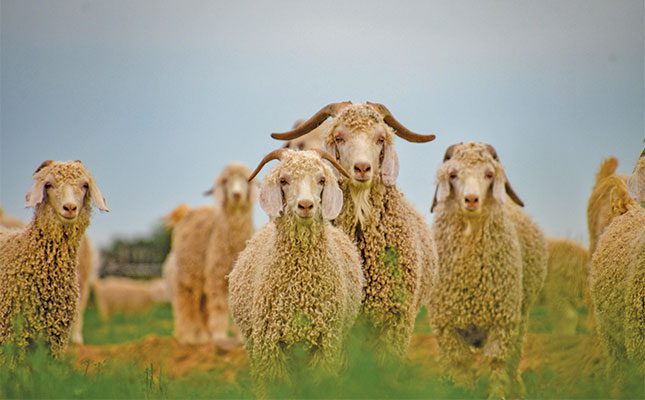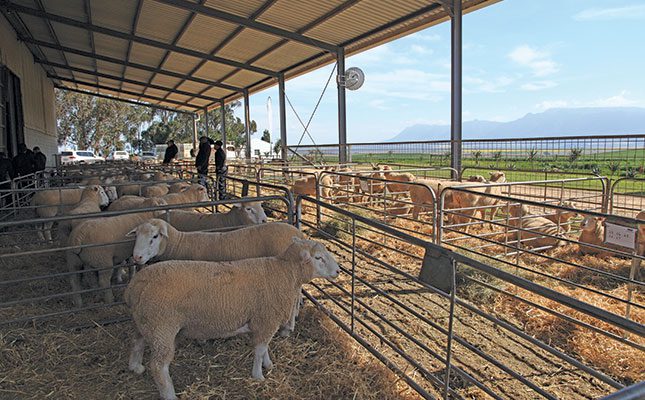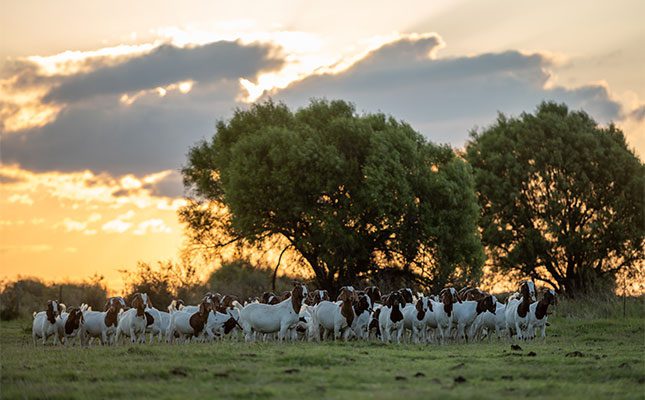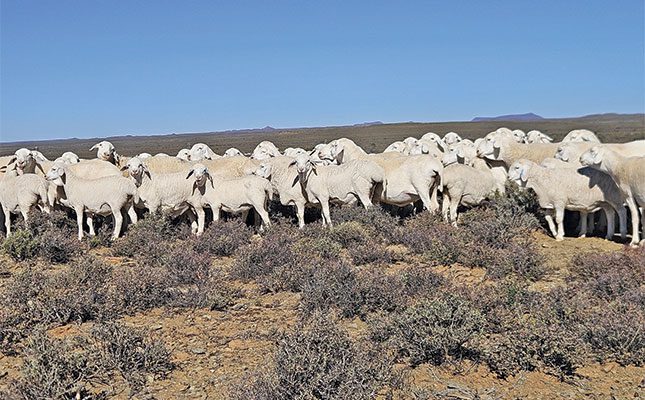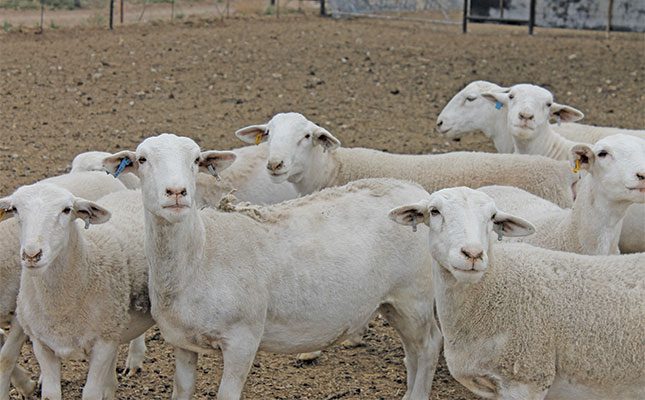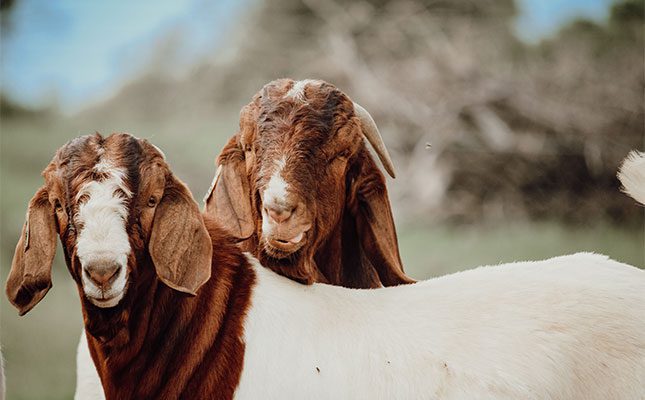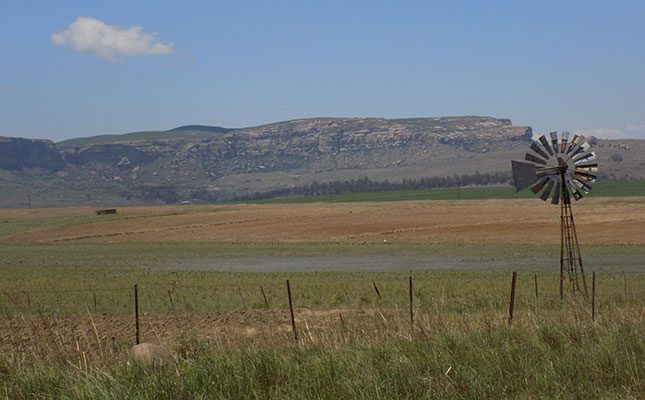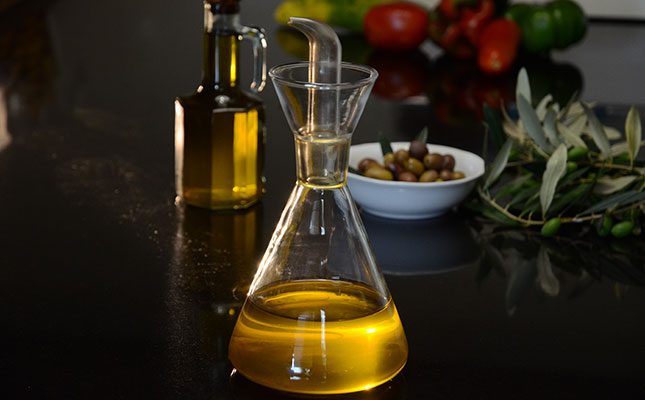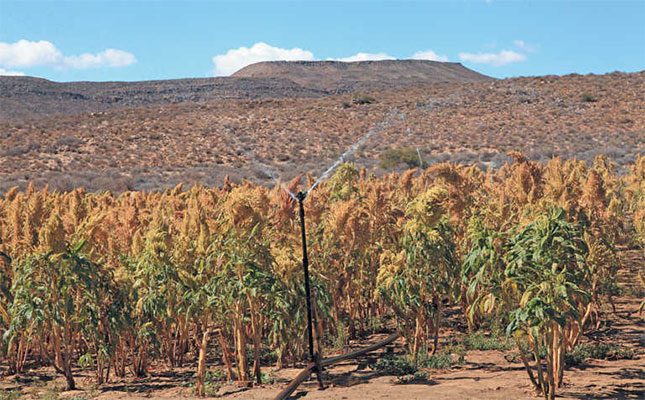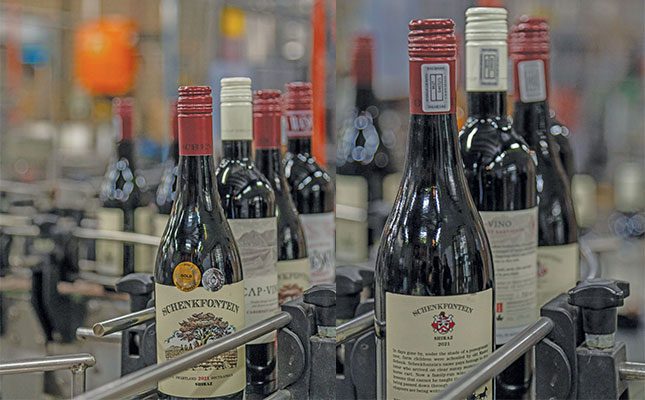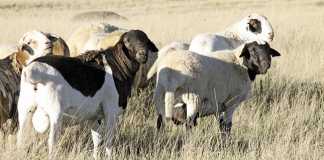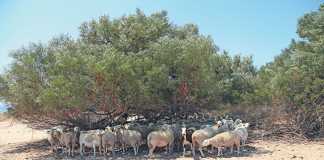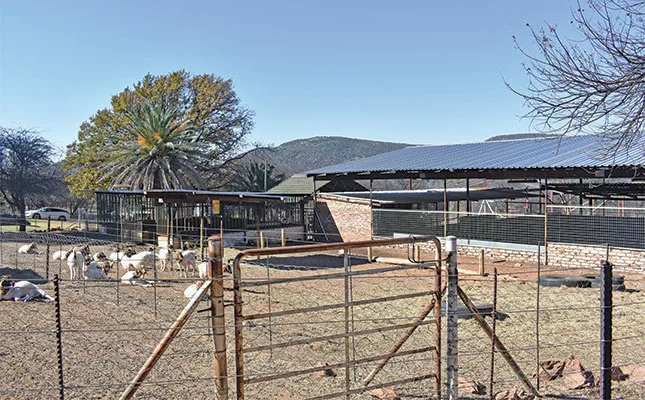
Photo: Nichelle Steyn
Marius Smit and Heinrich Hamman, two Boer goat farmers and co-owners of the Aegagrus Boer Goat Stud, are particularly passionate about where they farm as they are situated in the unique Vredefort Dome, an area rich in birdlife and various wildlife species.
READ South African goat breeds raise the bar for global meat quality
But it is not only Smit and Hamman who enjoy the nature. Their Boer goat stud also seems to love the rocky grazing area, as it fits perfectly into their grazing habits, with goats preferring small trees and shrubs as their basic diet.
“Grazing on the natural rocky veld is one of the reasons why goat farming is less intensive,” says Smit.
It is also one of the reasons why goat farming can be exceptionally economic, as goats utilise certain plants that are less appealing to other stock breeds.
“We let the goats graze in groups in the veld, so that they can utilise it,” says Smit.
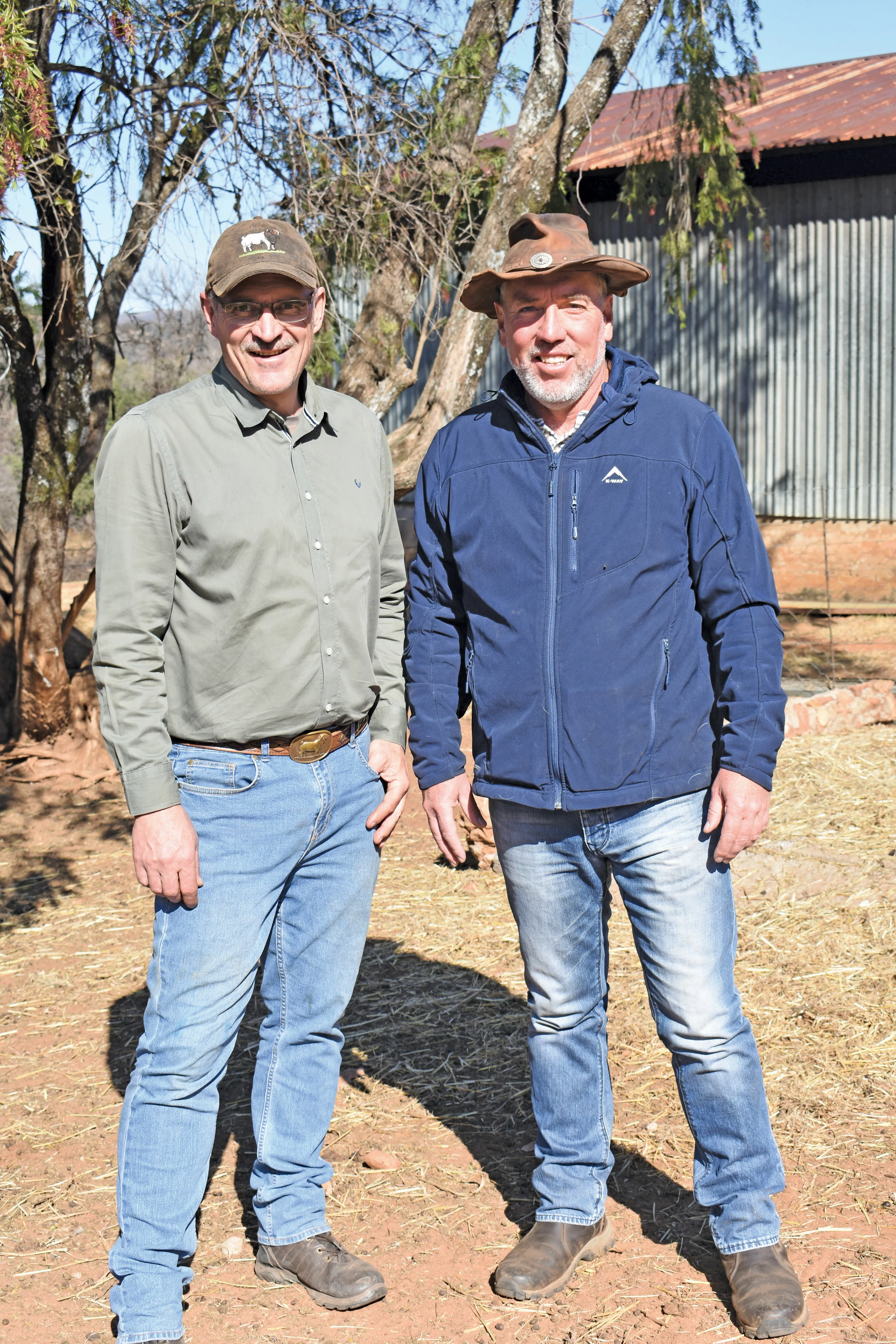
Genetics as a strategy
Hein Hamman (left) and Marius Smit are the proud owners of the Aegagrus Boer Goat stud.Having good genetics is one of the main goals of Smit and Hamman’s farming strategy. That is why they decided to name the stud the Aegagrus Boer Goat Stud.
“Aegagrus means goat in Latin,” says Smit. Their main focus is to breed functional, veld-adapted goats that adhere strictly to the industry standards set by the South African Boer Goat Breeders’ Association (SABGBA) and SA Stud Book.
“We believe in building a strong genetic foundation by choosing the right animals from day one,” he adds.
READ Top genetics and passion drive success at goat stud
They work closely with these organisations toward the betterment of Boer goat genetics in the country.
“These organisations help us to be constantly reminded of what the ideal Boer goat should be like, and they keep us on the right track,” he explains.
According to SABGBA, the Boer goat is one of the hardiest small-stock breeds in the world, with a great capacity for adaptability. That is why these animals can be run under a vast array of climatic and pasture conditions, from extensive to intensive systems.
Why the Boer goat?
Smit loves to farm Boer goats. He testifies to the hardiness of the Boer goat but also appreciates the animal’s intelligence level.
“They are so perceptive, and each one has its own personality,” he says.
He also believes that farming Boer goats is economical and practical.
“Goat meat is delicious and there is a lucrative market for selling goat meat, locally and internationally.”
READ Improving goat herds through better selection
According to SABGBA, Boer goats must be marketed between three and 12 months old, and carcasses should weigh no more than 23kg.
Goats in good condition yield biltong and dried sausage (droëwors) of very good quality, which can compete with the very best on the market.
Smit says it is not just the end product that compelled him to farm goats.
“These animals are very fertile and not seasonally bound. We like to have all our kids born in the winter months, because there are fewer parasites in winter and goats don’t mind the cold that much.”
He says multiple births are the rule. “We’d like for the animals to have twins, but we also had various cases of triplets and quadruplets. The average kid percentage is high,” he says.
According to SABGBA, the kidding season can be selected to fit in with the period when food is most plentiful. Under intensive conditions, kidding can occur every seven to eight months.
It’s exceptionally high kid percentage implies that the Boer goat cannot be surpassed with regards to the percentage of meat per kilogram, per ewe, or per hectare. This factor places the Boer goat very high on the ranking list with regard to intensive farming.
The Boer goat also has an exceptional ability to withstand and resist diseases such as bluetongue, prussic acid poisoning (geilsiekte) and, to a lesser extent, enterotoxaemia (pulpy kidney).
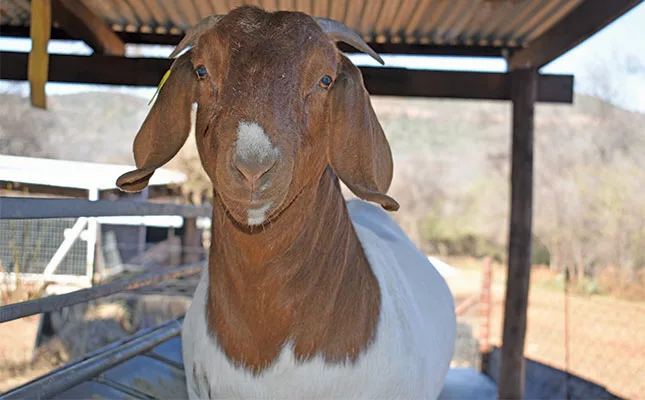
Boer goats do not seem to contract bluetongue at all.
Their grazing habits also make them less susceptible to infection caused by internal parasites, since Boer goats prefer to graze higher foliage, such as bushveld or scrub vegetation.
Because Smit and Hamman are more focused on growing animal of high-quality genetics, their methods are not as intensive as other farmers who want to produce the best yield. It is important for them to breed animals that can effectively utilise the veld.
“Our aim is to keep our bloodline pure, so that we build and preserve the Boer goat’s genetics. We do this by selecting breeding pairs carefully. We keep our prize-winning ram on the farm, but we also use artificial insemination when necessary,” says Smit.
Camps and facilities
Because Boer goats are highly intelligent animals and also have the means to be self-sufficient, it is necessary to implement an effective system from the beginning.
Smit says it is essential to first build strong, effective camps before introducing a flock to a farm.
“If the goats grow up in an informal environment without encampment, they will not readily adapt to camps,” he says.
The creation of small camps with sufficient food, shelter and shade, kept aside for the kidding season, is essential.
Booming market
Smit says the market for goat meat is booming. “At the moment the demand is higher than the supply, and goat meat is selling at a high price.”
He further explains that goat meat is a great product, as it yields heart-friendly, healthy meat with a low cholesterol level.
“Goat meat is of the highest quality, and is flavoursome and tender, especially the kid meat. That is why it is so sought after, especially in Middle Eastern and African countries,” he says.
It is also considered to be an organic meat. According to the breeders’ association, when there is limited treatment against internal and external parasites, it will be quite possible to exhibit the meat of the Boer goat on the shop shelves as organic meat.
In light of the preference for Boer goat meat displayed by a group of consumers in South Africa and the rest of the world, along with the characteristics required for the right type of
meat for the health-conscious sector of consumers worldwide, one can predict a rosy future for Boer goat meat originating from goats of high quality.
For more information visit the Aegagrus Boer Goat Stud’s Facebook page.

